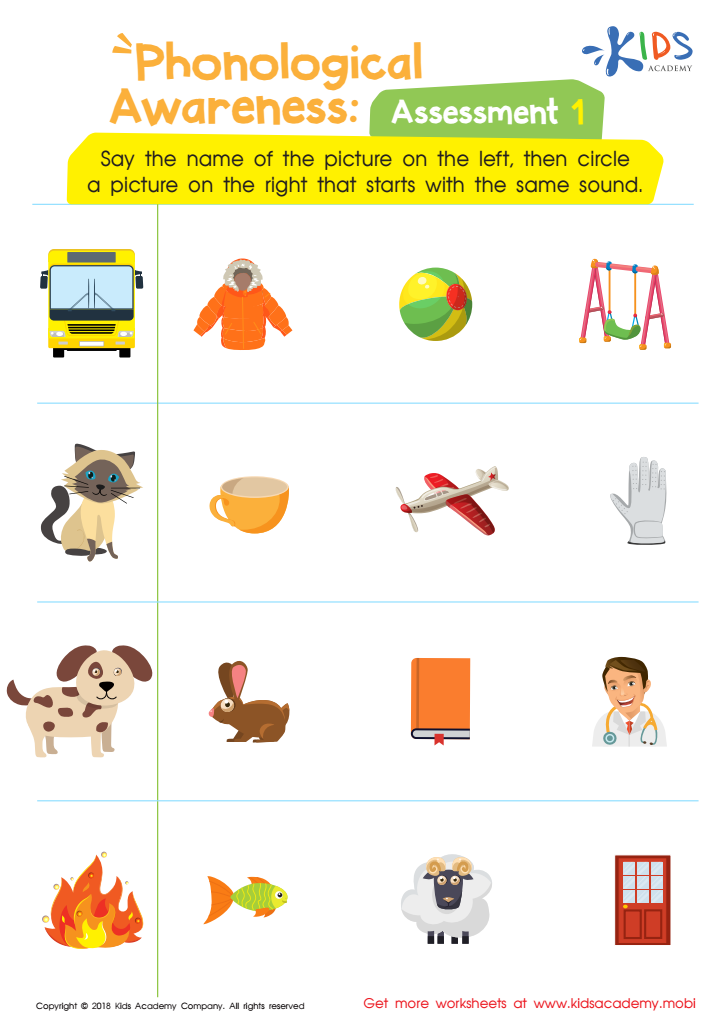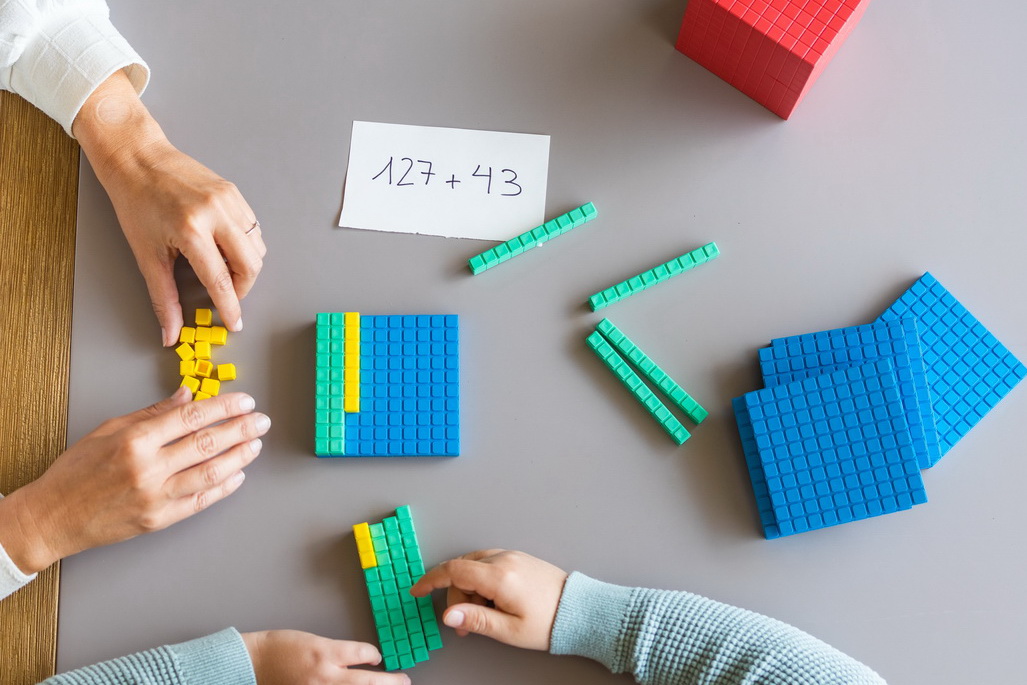Normal Elementary Phonics worksheets activities for 3-Year-Olds
1 filtered results
-
From - To


Phonological Awareness: Assessment 1 Worksheet
Normal Elementary Phonics worksheets activities play a pivotal role in the foundational stage of a child's education, serving as a cornerstone for developing essential reading and writing skills. These structured exercises are not merely sheets of paper filled with letters and words; they are key instruments in unlocking the door to literacy and effective communication for young learners.
First and foremost, Normal Elementary Phonics worksheets activities are designed to systematically introduce children to the sounds of the English language. Through repetitive and engaging exercises, students become familiar with phonemes (the smallest units of sound) and learn how to blend these sounds to form words. This knowledge is crucial for decoding words, a skill paramount for reading fluently.
Moreover, these activities provide a scaffolded learning experience. Starting from simple sounds and gradually moving to more complex words and sentences allows children to build their reading skills at a comfortable pace. This step-by-step approach ensures that foundational concepts are fully understood, paving the way for more advanced literacy skills.
Engagement is another significant benefit of Normal Elementary Phonics worksheets activities. These worksheets are often filled with colorful illustrations, puzzles, and games that make learning fun and interactive. When children enjoy the process of learning, they are more likely to stay motivated and retain the information they've learned.
Furthermore, these phonics activities offer invaluable practice opportunities. Mastery of phonics requires not only understanding but also repeated application of the principles learned. Through consistent practice with these worksheets, students reinforce their knowledge and improve their ability to read and write independently.
Lastly, Normal Elementary Phonics worksheets activities provide a structured way for teachers and parents to assess progress. By observing a child's ability to complete these activities, educators and caregivers can identify areas of strength and those that may require additional support.
In conclusion, Normal Elementary Phonics worksheets activities are indispensable tools in the journey towards literacy. They offer a systematic, engaging, and effective approach to learning how to read and write, laying a solid foundation for a child's academic success.

 Assign to the classroom
Assign to the classroom











